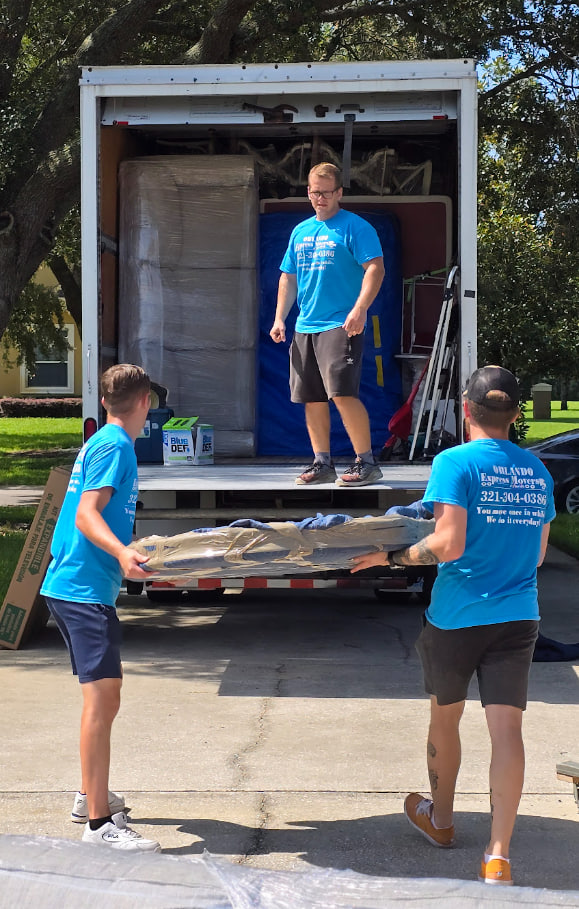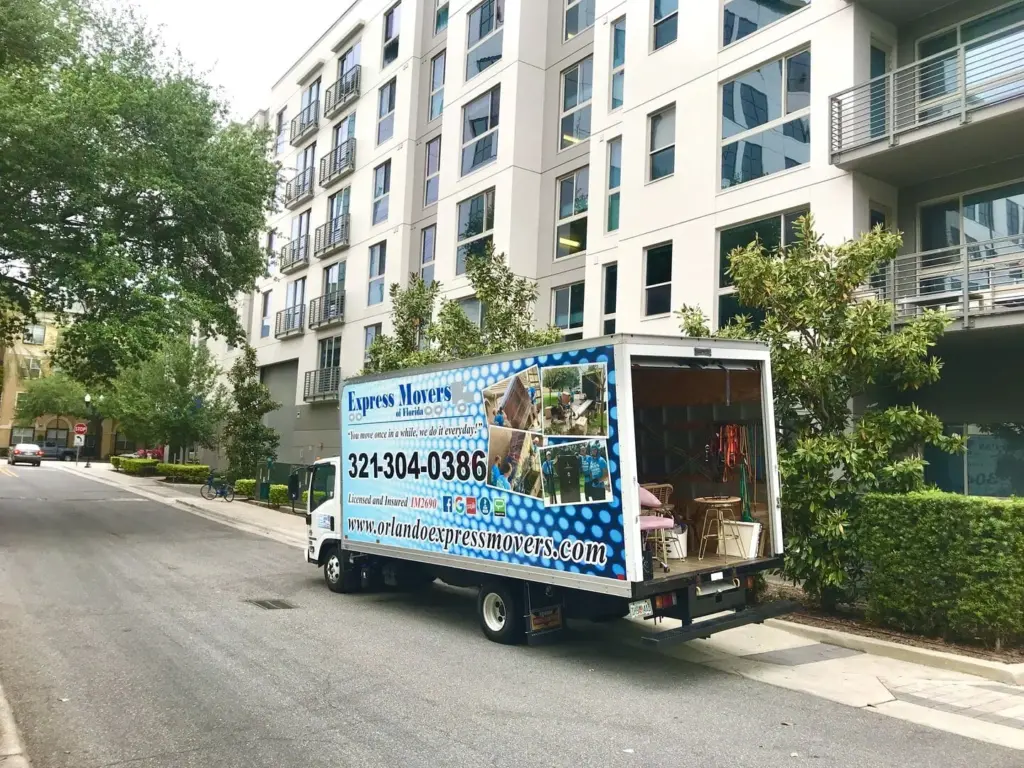Moving is tough on everyone, but for seniors, it’s not just a change of scenery—it’s a significant life event that often marks the start of a new chapter. Whether it’s downsizing after retirement, relocating to be closer to family, or transitioning to an assisted living facility, senior moves in 2025 come with unique emotional and logistical challenges.
As families navigate these moves, the need for sensitivity, thoughtful planning, and experienced professionals has never been more important. This guide breaks down everything you need to know to support a smooth, safe, and respectful move for older adults.
⸻
Why Senior Moves Deserve Special Attention
Let’s start with the facts. By 2030, all Baby Boomers will be 65 or older—and many are already making major lifestyle changes. In 2025, the moving industry is seeing a sharp rise in:
• Retirement relocations
• Downsizing from family homes
• Moves into senior-friendly housing or continuing care communities
• Multi-generational living arrangements
But senior moves involve more than just packing boxes. They often include health considerations, emotional attachments, mobility concerns, and legal documentation—things a typical move might not require.

Step 1: Start the Conversation Early
One of the biggest mistakes families make is waiting too long to talk about moving. For many seniors, the idea of leaving their home—where they’ve built decades of memories—can be overwhelming or even frightening.
How to approach it:
• Be gentle, not directive. Use “we” language instead of “you should.”
• Frame it as a positive: closer to grandkids, easier upkeep, safer design.
• Listen more than you talk. Validate emotions.
Some families find it helpful to bring in a neutral third party, such as a social worker or move manager, to help guide the conversation.
⸻
Step 2: Choose the Right Moving Partner
In 2025, many moving companies offer specialized senior relocation services. These teams are trained not just in logistics, but also in empathy, patience, and working with clients who may have physical limitations or cognitive challenges.
Look for companies that offer:
• Pre-move consultations with family present
• Packing, labeling, and furniture disassembly
• Unpacking and full setup at the new location
• Assistance with donations or estate clearing
• Coordination with medical professionals or assisted living staff
Bonus points if the company partners with certified Senior Move Managers—experts trained to handle every aspect of senior relocation with care.
⸻
Step 3: Downsizing Without the Drama
Letting go of personal belongings can be one of the hardest parts of a senior move. Many older adults have had their items for decades—and they carry emotional weight.
Helpful strategies:
• Use the “four pile” method: Keep, Donate, Pass On, Toss.
• Start with non-sentimental areas (laundry room, kitchen drawers).
• Set realistic goals: one room or category per week.
• Take photos of items that can’t come but hold meaning.
For families, remember: patience is everything. What looks like clutter to you may represent an entire era of someone’s life.
⸻
Step 4: Address Medical, Safety, and Accessibility Needs
Moving into a new home as a senior means evaluating more than just the square footage. In 2025, aging-in-place design is a big priority.
Things to consider in the new home:
• Single-floor living to reduce stair use
• Bathroom grab bars and walk-in showers
• Wide doorways for mobility aids
• Non-slip flooring
• Proximity to medical care and family
If the move involves transitioning to an assisted living facility or senior community, make sure your moving company can coordinate with staff on delivery timing, furniture setup, and required safety checks.
⸻
Step 5: Managing Emotional and Mental Wellness
Moving later in life can bring on feelings of loss, anxiety, or grief. In fact, seniors are more likely to experience Relocation Stress Syndrome, which can lead to confusion, sleep issues, or depression after a move.
Support tips:
• Involve the senior in decision-making as much as possible.
• Create continuity: arrange items in the new space similarly to the old home.
• Schedule visits with family or friends immediately after the move.
• Use tech to stay connected (video calls, digital photo frames, etc.)
If needed, enlist the help of counselors or therapists who specialize in elder care.
⸻
Step 6: After the Move – Settling In Smoothly
The first few weeks in a new space are critical. Make time to:
• Walk through routines together: medication schedules, appliance use, emergency contacts.
• Set up all services (TV, phone, mail forwarding, etc.) early.
• Check in regularly to help reduce loneliness and increase comfort.
In 2025, smart home devices like AI-powered assistants, fall-detection sensors, and voice-controlled lighting are making senior living safer and more connected than ever.
Senior relocation isn’t just about changing address—it’s about honoring a lifetime of memories while creating a new chapter filled with safety, support, and joy. With the right team and thoughtful planning, you can ensure the process is smooth, respectful, and even empowering.
For families: Be patient. Be present. And most of all, be kind.
For movers: Offer more than just muscle—offer understanding.

